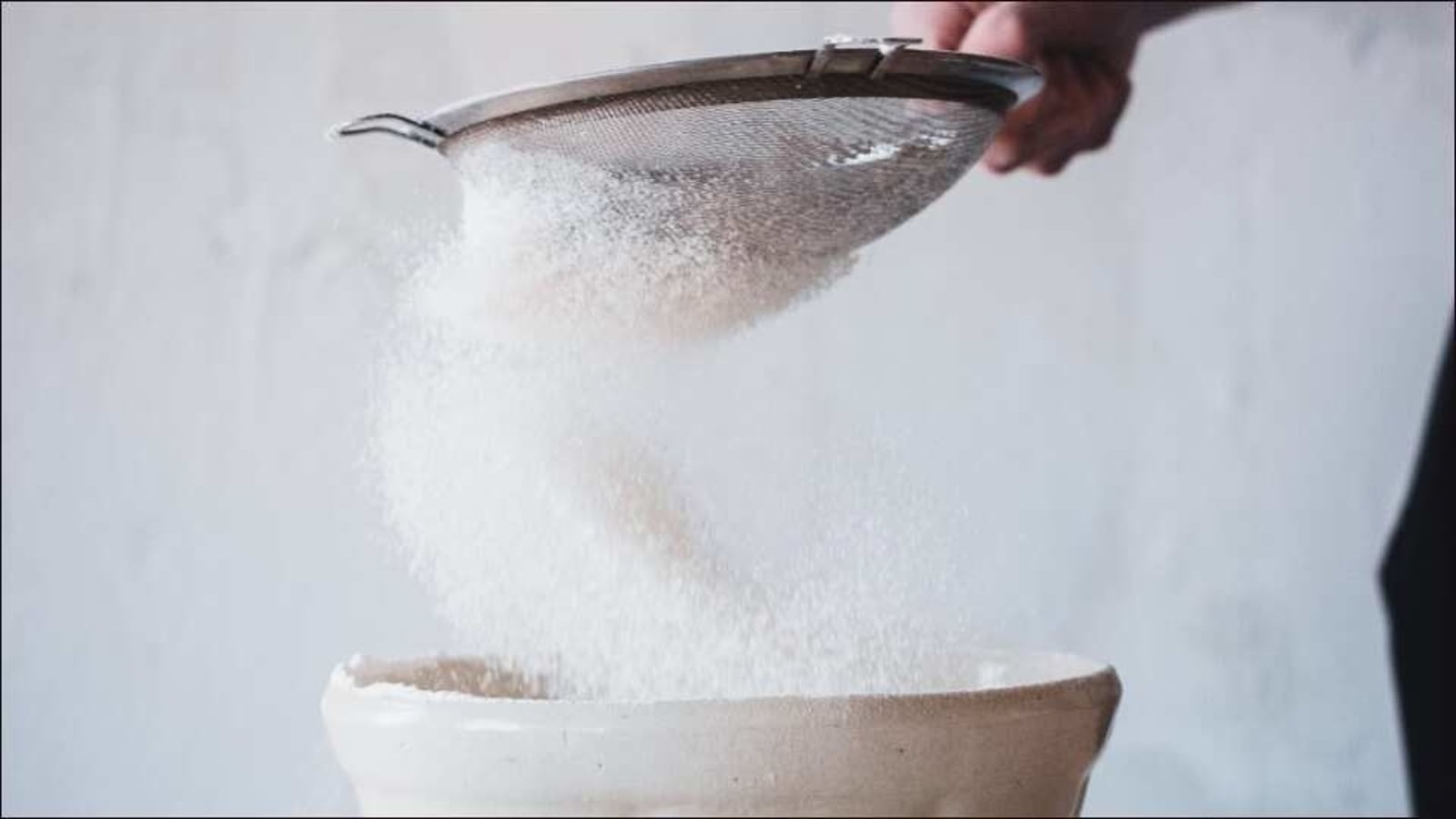
A new study has revealed a new advantage of keeping sugar at bay. Researchers at Tokyo Metropolitan University have shown that skeletal muscle satellite cells, key players in muscle repair, proliferate better in low-glucose environments.
This is contrary to conventional wisdom which says that mammalian cells perform better when there is more sugar to feed their activities. Because ultra-low glucose environments do not allow the proliferation of other cell types, the equipment could produce pure satellite cell cultures, potentially a significant boost for biomedical research.
Healthy muscles are an important part of a healthy life. With the wear and tear of everyday use, our muscles are continually repaired to keep them in perfect condition. In recent years, scientists have begun to understand how muscle repair works at the cellular level.
Skeletal muscle satellite cells have been found to be particularly important, a special type of stem cell that resides between the two coating layers, the sarcolemma and the basal lamina, which envelops the cells of myofiber in individual muscle fibers. When myofiber cells are damaged, the satellite cells go into overload, multiplying and eventually merging with the myofiber cells.
This not only helps repair the damage, but also maintains muscle mass. Understanding how we lose muscle due to disease, inactivity, or age, knowing the specific mechanisms involved is a key challenge for medical science.
A team of scientists from Tokyo Metropolitan University led by Assistant Professor Yasuro Furuichi, Associate Professor Yasuko Manabe and Professor Nobuharu L Fujii have been studying how skeletal muscle satellite cells multiply outside the body. By observing cells multiplying in Petri dishes in a growth medium, they observed that higher glucose levels had an adverse effect on growth rate. This is counterintuitive; glucose is considered essential for cell growth.
It is converted to ATP, the fuel that drives a lot of cellular activity. However, the team confirmed that lower glucose media led to a higher number of cells, and all biochemical markers were expected to have higher degrees of cell proliferation.
They also confirmed that this does not apply to all cells, which they managed to use successfully to their advantage. In experiments with high glucose media, satellite cell cultures always ended up as a mixture, simply because other cell types in the original sample were also multiplied.
By keeping glucose levels low, they were able to create a situation where satellite cells could proliferate, but other cell types could not, giving a very pure culture of muscle satellite cells. skeletal. This is a key prerequisite for studying these cells in a variety of settings, including regenerative medicine.
So the amount of glucose from your original experiment was somehow “correct”? The team added glucose oxidase, a glucose digestion enzyme, to reach even lower levels of glucose, and grew satellite cells in this depleted glucose medium. Surprisingly, the cells seemed to go well and proliferate normally.
The bottom line is that these particular stem cells appear to derive their energy from a completely different source. Work is underway to try to clarify what this is.
The team noted that the sugar levels used in previous experiments matched those found in diabetics. This could explain why muscle loss is seen in diabetic patients and can have significant implications for how we can keep our muscles healthier for longer.
Follow more stories at Facebook i Twitter
This story has been published from a wireless agency channel without text modifications. Only the headline has been changed.